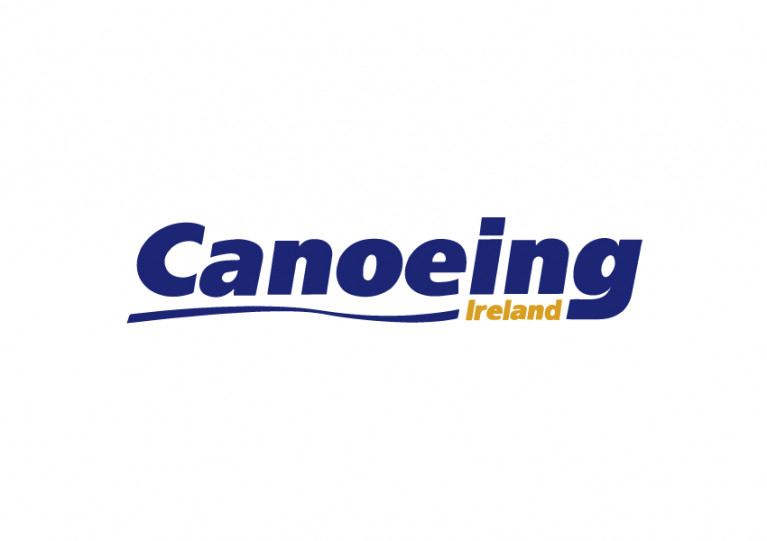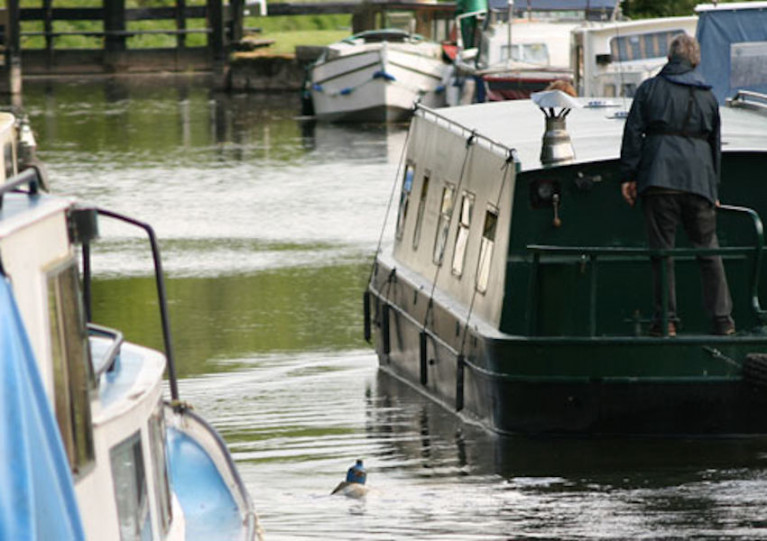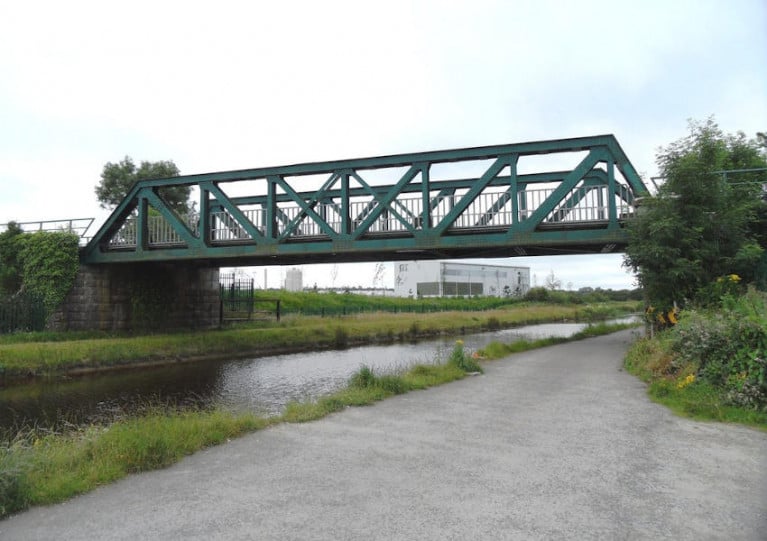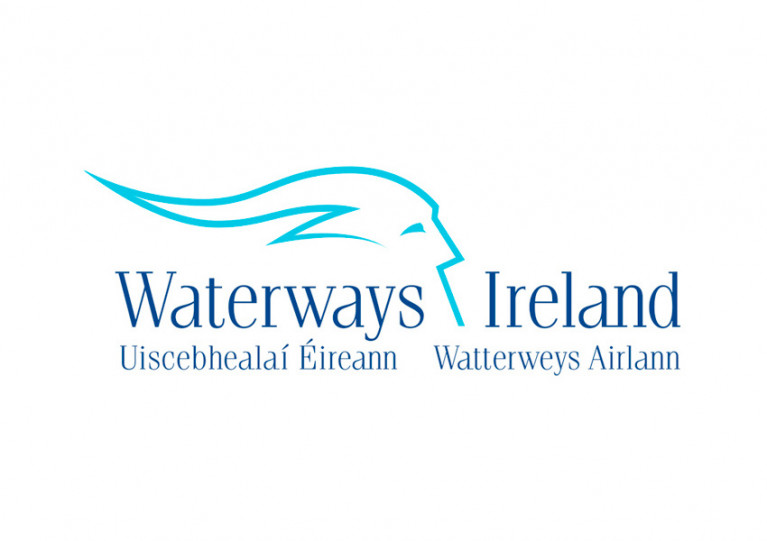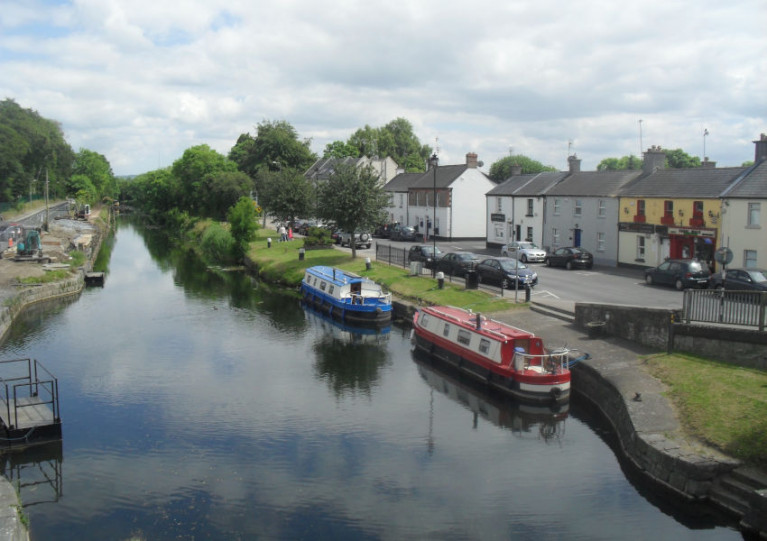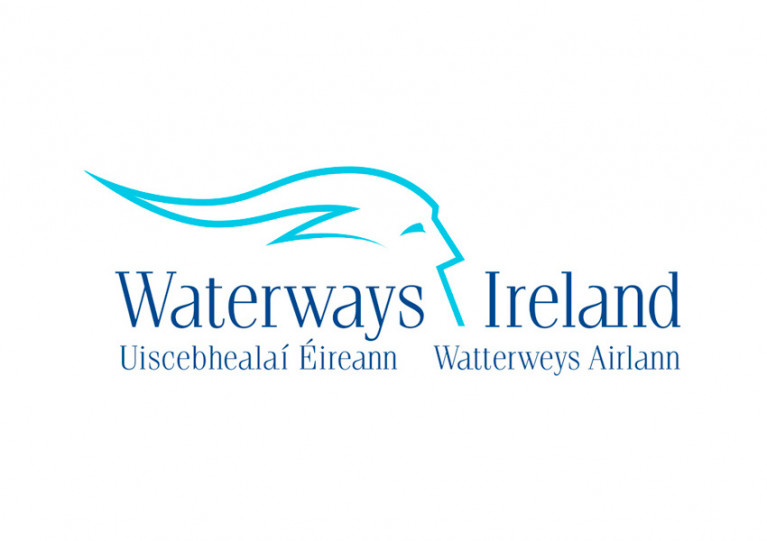Displaying items by tag: Grand Canal
Dublin Canal Boat Restaurateurs Speak Out Over Takeaway Ban
Canal-boat restaurant operators on the Grand Canal in Dublin have spoken out after they were banned from providing takeaway meals amid the current pandemic restrictions.
According to The Irish Times, at least one eatery is out of pocket by thousands of euro after Waterways Ireland enforced rules that mean floating restaurants can only serve food while moving — and not when moored.
In a statement, the cross-border body for Ireland’s inland waterways said it understood that any boat-based business trading “at a fixed location” requires planning permission for that purpose.
But that doesn’t sit well with restaurateurs who argue that they should be allowed to operate on the same terms as their land-based counterparts — and that Waterways Ireland has been “deeply un-empathetic” about their situation.
“All across Ireland restaurants that can’t open have been offering takeaway, and the Government told local authorities that could be done without planning permission,” Sam Field Corbett told The Irish Times, which has much more on the story HERE.
Caution Advised on Grand Canal in Celbridge For Canoeing Ireland Selection Event This Saturday
Waterways Ireland advises that a Canoeing Ireland selection event will take place this Saturday 3 April on the Grand Canal at the Celbridge Paddlers Canoe Club–Alymer’s Bridge area.
This event is part of the Tokyo Olympic and Paralympic qualification pathway and has been deemed an essential activity by Sport Ireland.
Masters of power boats are requested to navigate with due caution and obey all instructions from event stewards.
Inland Barge Hire Firm Seeking Tenders for New Passenger Vessel
A Co Laois barge hire company is seeking tenders to build a new passenger vessel for use on the inland waterways.
Barrowline Cruisers in Vicarstown wants to commission and fit out a 46ft passenger barge or boat with a capacity of 36 passengers plus crew, and with a galley snack bar and toilets on board.
“The barge will ply the Grand Canal/River Barrow and the waterways of Ireland,” the company states. “It will do passenger trips and private functions. All fittings to be of a high standard.”
The firm estimates a seven-month build time for the project, which is subject to grant funding.
For more details on the tender, which is open for submissions until 5pm on Friday 9 April, see the eTenders website HERE.
Essential Maintenance on Rail Bridge Over Grand Canal at Tullamore
Waterways Ireland advises inland waterways users that essential maintenance works are taking place on the rail bridge over the Grand Canal west of Tullamore until further notice. The maximum safe air draft for passing vessels is 3.2m (10.4ft).
New Infrastructure for Waterways in €63M Greenways Funding Allocation
Refurbishment of the Longford Canal and the extension of the Grand Canal Greenway from Daingean to Edenderry are two of the projects that will be funded from a €63.5m allocation for greenways in 2021.
Transport Minister Eamon Ryan and Minister of State Hildegarde Naughton today (Monday 9 November) confirmed the funding for a range of greenways across the country.
Minister Ryan said the funding “is the highest single year amount ever allocated to greenways”.
“Indeed, it nearly equals the total amount originally allocated for the four years 2018-2021 (€53m) and shows the commitment of this Government to providing a step-change in the way in which we fund walking and cycling,” he said.
Among the inland waterways projects in the list is the €172,000 refurbishment of the Longford Canal spur of the Royal Canal, with improved infrastructure being provided along its cycleway.
In Co Offaly, €3.1 million has been allocated to fund the extension of the Grand Canal Greenway from Daingean to Edenderry, with another €1.66 million for the stretch between Daingean and Lough Boora, west of Tullamore.
“By the end of next year it will be possible to cycle the greenway the whole way from Edenderry to Lough Boora, over 50km worth of cycleway,” Minister Ryan said.
Minister Naughton added that a new greenway bridge across the River Shannon in Athlone would be funded from a €8.1 million allocation to the Galway-to-Dublin Greenway.
Towpath Closure On Grand Canal In Co Offaly
Waterways Ireland advises all users of the Grand Canal in Co Offaly that the southern tow path from Plunkett Bridge at Pollagh to Turraun — half-way between Tullamore and Shannon Harbour — will be closed from next Monday 12 October until 1 March 2021 for the construction of a new path and cycleway along that stretch of the inland waterway.
Grand Canal’s Portobello Lock Closed For Essential Maintenance
Waterways Ireland advises masters and owners of vessels that Lock C7 on the Grand Canal at Portobello is temporarily closed for essential maintenance. Passage through the lock will not be possible until repairs are completed on Monday 7 September.
Planned Removal Of Vessels From Grand Canal In Co Kildare Later This Month
Waterways Ireland has issued notice that it plans to remove vessels in contravention of bye-laws from the Grand Canal in the area between Hazelhatch and Sallins in Co Kildare later this month.
Vessels that appear abandoned or have no no permit (as per Bye Law 6(8), are doubled moored and/or causing obstruction (sunk) (Bye Law 27 (3)), or are deemed to be/likely to cause a hazard to navigation (Bye-Law 33(3)) will be removed from the inland waterway at Sallins, Lowtown, Robertstown and Hazelhatch and environs at Monday 28 September or shortly thereafter.
Removed vessels may then be subsequently disposed of in accordance with Bye Law 34(2), which allows for this where vessels are unclamped or due compensation has not been paid with a month.
Affected vessels have been stickered where access allows and owners, where known, have been contacted, Waterways Ireland says.
Notice Of Upcoming Waterway Closures On Lower Bann & Grand Canal
Waterways Ireland has given notice of upcoming closures on the Lower Bann in Co Antrim and the Grand Canal in Dublin.
On-location filming will see the Lower Bann closed to all boat traffic from the downstream side of Portglenone Bridge to Aghahoy Jetty on Saturday 5 September from 9am to 4pm, and again on Tuesday 8 September from 7am to 7pm.
Safety boats will be on the waterway and users are requested to follow the instructions of the safety boat crews.
Then later in the month in Dublin, levels C3 & C4 on the Grand Canal will be closed to navigation from 21 September for repair works on Lock C4 at Mespil Road.
As a result, no further boat passages into or out of Dublin past these levels will be possible from that date for the remainder of the 2020 boating season, and local boat movements through these locks will not be allowed until late December.
There will also be restrictions to pedestrian movements in the area of Lock C4 due to the ongoing works.
Legal Limbo For ‘Liveaboard’ Barge Owners On Dublin’s Canals
“The body responsible for canal boating doesn’t seem to want boating on the canals.”
That’s the response of Gary Long, one of a number of barge owner on the Grand Canal in Dublin at the centre of a recent controversy over houseboat moorings on the inland waterway, as he spoke to The Irish Times this week.
The ‘liveaboard’ barge owners had faced eviction from their homes by Waterways Ireland this month as current by-laws prohibit mooring in any one spot for longer than five days.
The owners were given a reprieve of sorts by the New Minister of State for Heritage, Malcolm Noonan, and assured that their vessels would not be confiscated and sold off.
And the minister has promised that Waterways Ireland will engage in “finding a long-term, sustainable solution to regularise the use of the canals”.
But for now, liveaboards like Gary Long — and Luís Gómezcala who lives on his boat at the 12th Lock on the Royal Canal — remain in legal limbo.
The Irish Times has more on the story HERE.




























